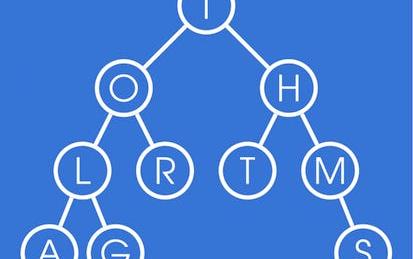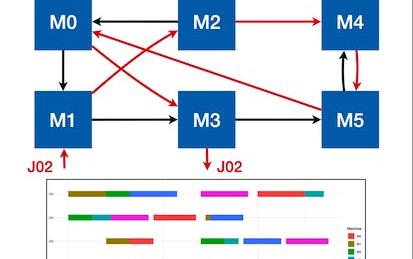

Our Courses

Introduction to Accounting Data Analytics and Visualization
Accounting has always been about analytical thinking. From the earliest days of the profession, Luca Pacioli emphasized the importance of math and order for analyzing business transactions. The skillset that accountants have needed to perform math and to keep order has evolved from pencil and paper, to typewriters and calculators, then to spreadsheets and accounting software. A new skillset that is becoming more important for nearly every aspect of business is that of big data analytics: analyzing large amounts of data to find actionable insights.
-
Course by

-
 Self Paced
Self Paced
-
 21 hours
21 hours
-
 English
English

Advanced Algorithms and Complexity
In previous courses of our online specialization you've learned the basic algorithms, and now you are ready to step into the area of more complex problems and algorithms to solve them. Advanced algorithms build upon basic ones and use new ideas. We will start with networks flows which are used in more typical applications such as optimal matchings, finding disjoint paths and flight scheduling as well as more surprising ones like image segmentation in computer vision.
-
Course by

-
 Self Paced
Self Paced
-
 27 hours
27 hours
-
 English
English

Approximation Algorithms Part I
Approximation algorithms, Part I How efficiently can you pack objects into a minimum number of boxes? How well can you cluster nodes so as to cheaply separate a network into components around a few centers? These are examples of NP-hard combinatorial optimization problems. It is most likely impossible to solve such problems efficiently, so our aim is to give an approximate solution that can be computed in polynomial time and that at the same time has provable guarantees on its cost relative to the optimum.
-
Course by

-
 Self Paced
Self Paced
-
 36 hours
36 hours
-
 English
English

Modelling and measuring the Energy Transition
This MOOC provides attendants with fundamental knowledge about the main challenges in modelling the energy transition at both global and regional levels, as well as the industrial ecology instruments to measure the associated impacts. The course begins by covering national energy accounting and the definition of a reference energy system, followed by an introduction to modelling for energy planning through linear programming. Participants will be engaged in hands-on practice using Excel.
-
Course by

-
 Self Paced
Self Paced
-
 7 hours
7 hours
-
 English
English

Job Shop Scheduling Using MILP Optimization on RStudio
Welcome to "Job Shop Scheduling Using MILP Optimization on RStudio". This is a project-based course which should take under 2 hours to finish. Before diving into the project, please take a look at the course objectives and structure.
-
Course by

-
 Self Paced
Self Paced
-
 2 hours
2 hours
-
 English
English

Approximation Algorithms Part II
Approximation algorithms, Part 2 This is the continuation of Approximation algorithms, Part 1. Here you will learn linear programming duality applied to the design of some approximation algorithms, and semidefinite programming applied to Maxcut. By taking the two parts of this course, you will be exposed to a range of problems at the foundations of theoretical computer science, and to powerful design and analysis techniques.
-
Course by

-
 Self Paced
Self Paced
-
 33 hours
33 hours
-
 English
English



